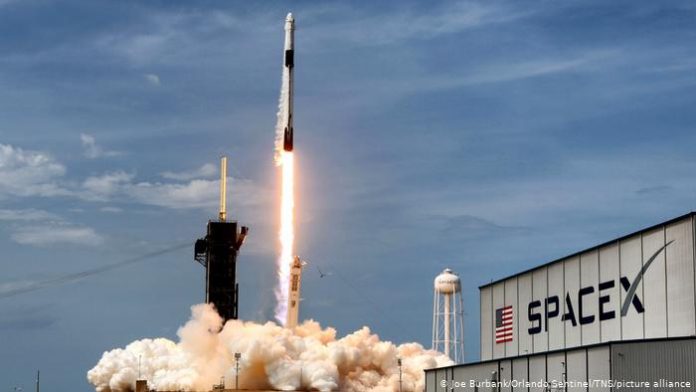The succession of Raptor, a dream project of SpaceX seems to be nose-diving. In an email addressed to the employees before Thanksgiving, Tesla billionaire Elon Musk warned them of a potential bankruptcy if progress is not seen shortly. He described the situation dire in the development of Raptor rocket engines.
Raptor engines power the company’s Starship rocket which is a massive next-generation rocket that SpaceX is developing. He added that if the Starship flight rate of at least once every two weeks is not achieved they will be bankrupt soon.
Starship is a rocket with a vision to launch cargo and people on missions to the moon and mars. The company is testing prototype at a facility in the south of Texas. There they have flown multiple short flights, but for a proper orbital launch, the rocket will require at least 39 Raptor engines each. With the recent exit of former vice president of Propulsion Will Heltsley who had taken off the development of Raptor before he left, the company’s problems seem to be severe than Elon Musk thought. Elon Musk personally worked on the Thanksgiving weekend after discovering the Raptor situation.
He stated in the email that all people present in the team must give their cent percent to recover from this disaster. He had repeatedly described the production part of the mammoth SpaceX rocket as difficult. The company has built the production and testing facility in Boca Chica, Texas with multiple prototypes in work. The next major step is to launch the developing Starship to orbit.
He has a vision of Starship to be fully reusable with both the rocket and its booster capsule of landing after a launch and to be recovered for future flights. The company’s Falcon 9 rockets are partially reusable where they can land and re-launch the boosters but not the upper portion of the rocket.
Elon Musk earlier stated that he wasn’t sure that Starship would successfully reach orbit on its first try but he is confident that it will get to space in 2022. The project is ninety percent internally funded so far without any international collaboration.












